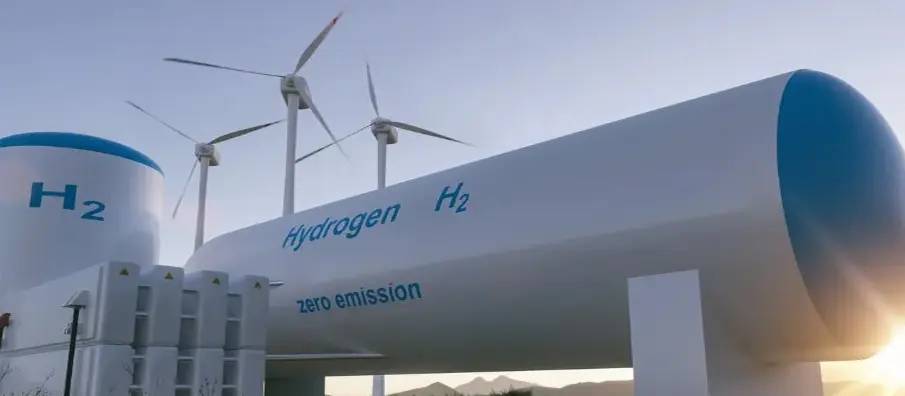
The Indian authorities have established a carbon dioxide (CO2) emission cap of 2 kgs for each kilogram of hydrogen generated, in order for it to be designated as “green” originating from renewable resources, as per the Ministry of New and Renewable Energy’s announcement on Saturday (19 August).
This declaration is anticipated to offer much-needed clarity regarding green hydrogen production within the nation.
The ministry highlighted in its statement, “With this notification, India becomes one of the first few countries in the world to announce a definition of Green Hydrogen.”
India is striving to establish itself as a prominent global center for green hydrogen production. The goal is to achieve a yearly production rate of 5 million metric tons by 2030. This would result in a reduction of roughly 50 million metric tons in carbon emissions and lead to savings exceeding $12 billion on imported fossil fuels.
This target is quite bold, especially considering that the majority of the hydrogen India presently uses is derived from non-renewable sources.
Though hydrogen fuel releases only water upon combustion, the key concern is the energy source used during its production through electrolysis – a process that divides water molecules – and the accompanying carbon emissions.
Earlier in the year, sources informed Reuters that India, holding the G20 presidency this year, had initially proposed a 1 kg CO2 emission benchmark for green hydrogen, which is significantly lower than the limit declared on the recent Saturday.
Despite predictions that initial production might commence in 2026, India is in talks with entities like the European Union and Japan to ink agreements for exporting this renewable fuel.




